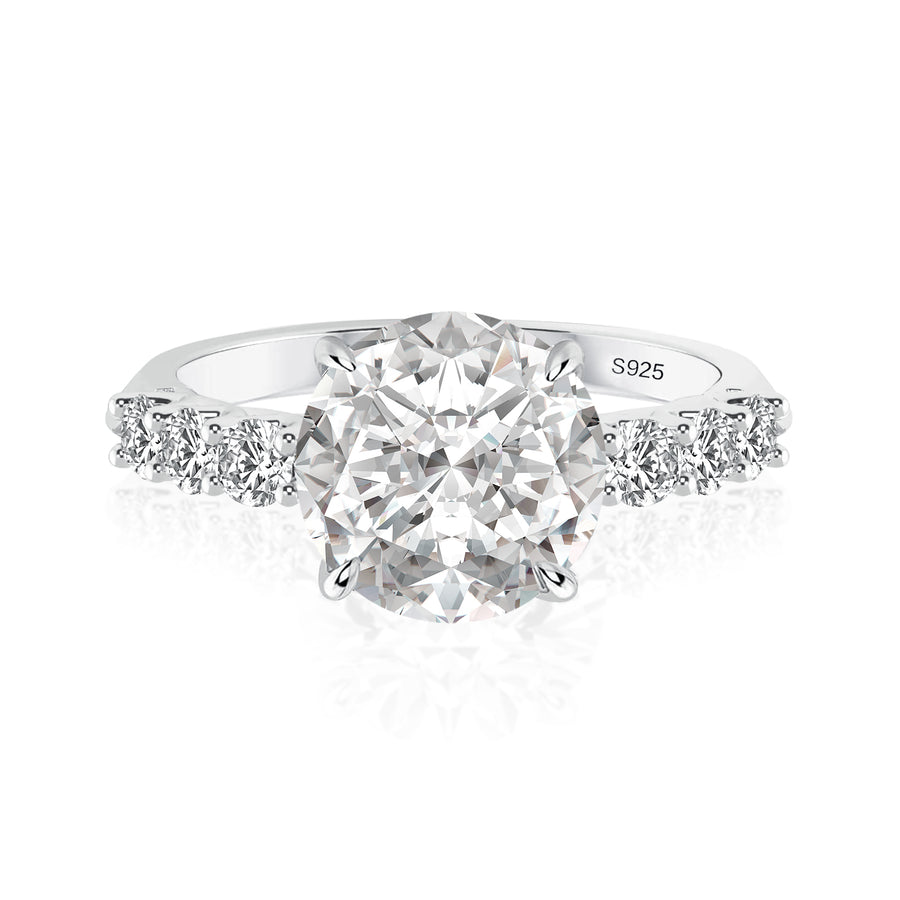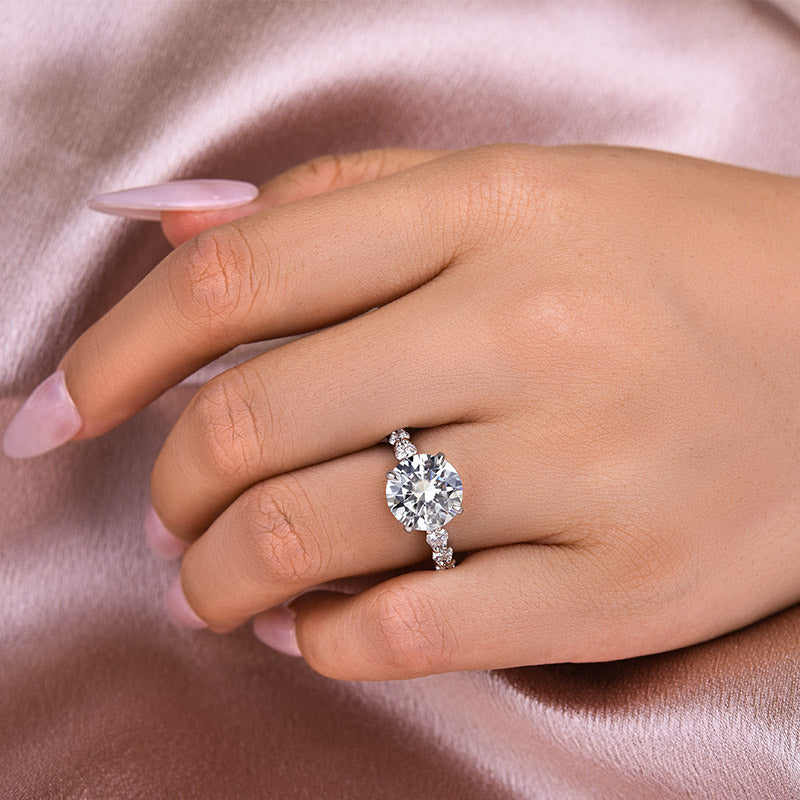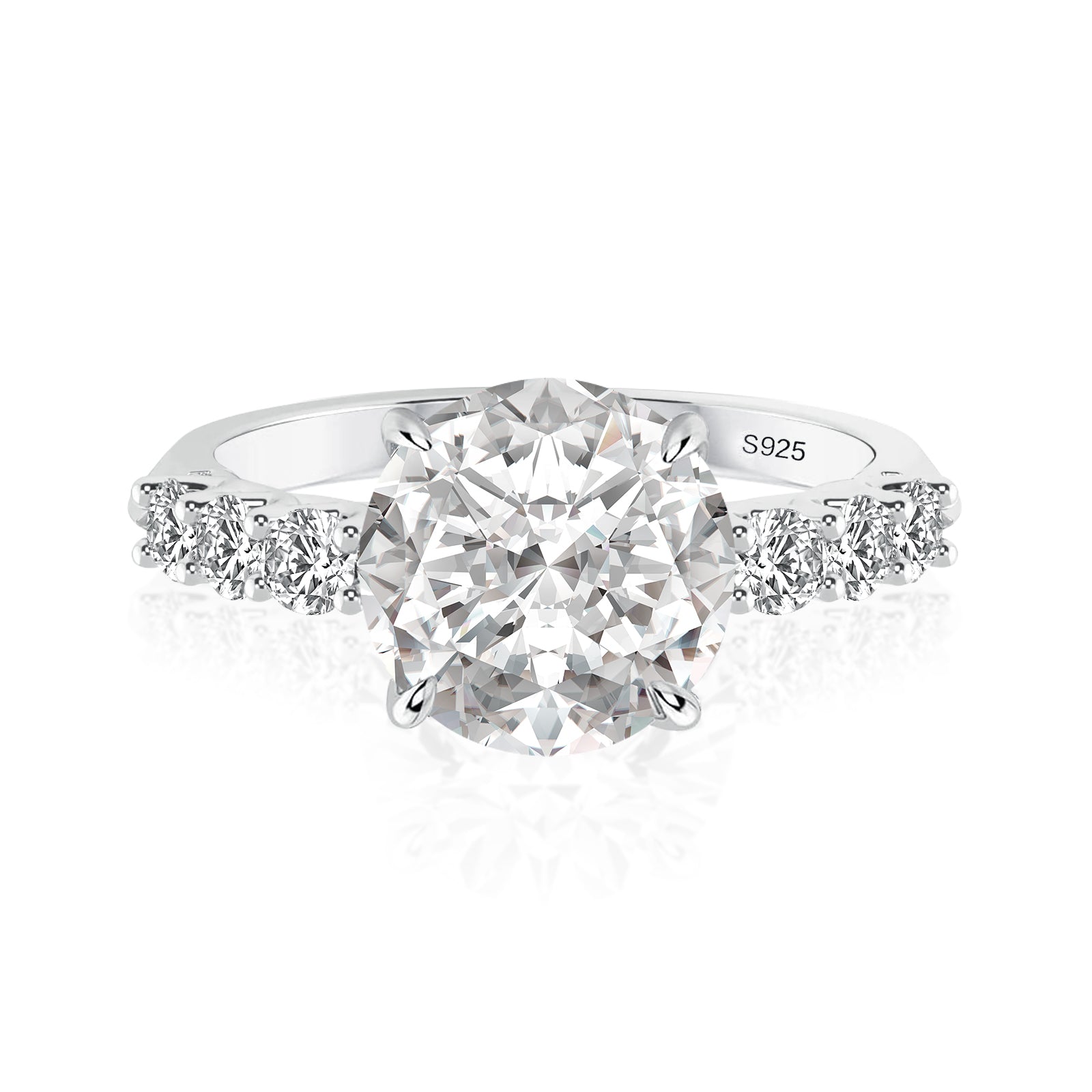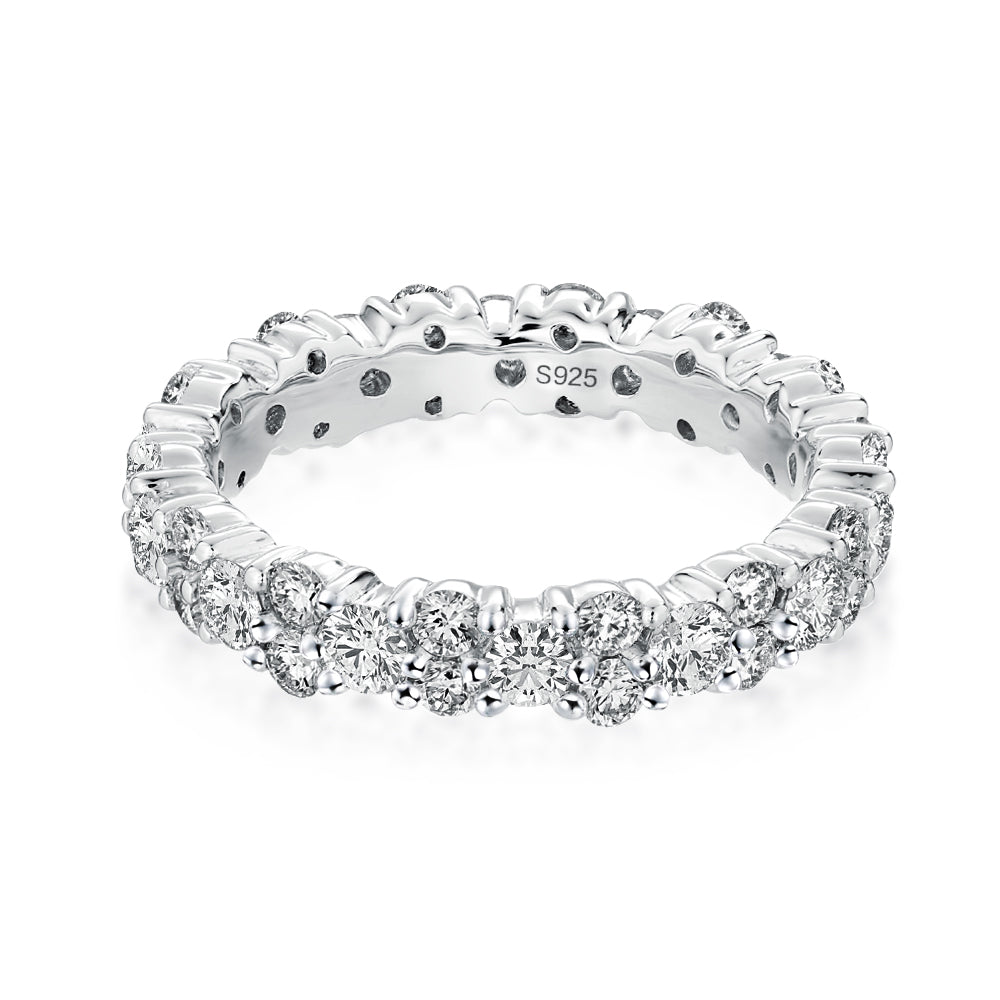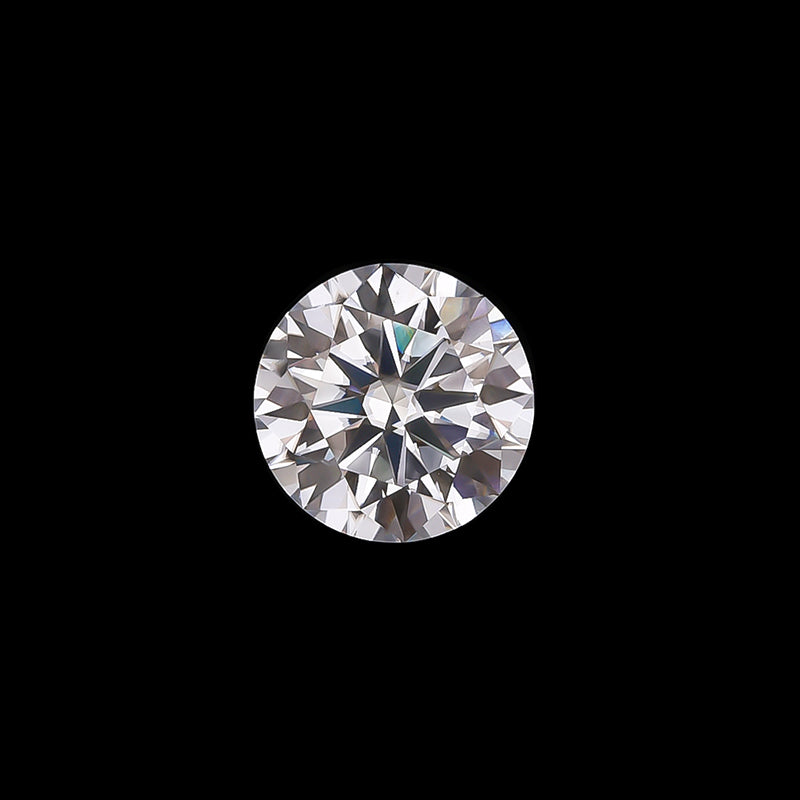Is Moissanite a Fake Diamond?
Moissanite is not a fake diamond; it is a remarkable gemstone with its own distinct qualities and advantages.
When it comes to gemstones, diamonds have long held a place of prominence and prestige. However, with the rise of alternative gemstones, particularly moissanite, many people are questioning whether moissanite is just a "fake diamond." In this blog, we will delve into the nature of moissanite, compare it to diamonds, and explore why it should be appreciated as a unique and valuable gemstone in its own right.
Understanding Moissanite
Moissanite is a gemstone composed of silicon carbide. It was first discovered in a meteorite crater by the French chemist Henri Moissan in 1893. Originally thought to be diamonds due to their brilliance, these crystals were later identified as a completely different mineral. Natural moissanite is extremely rare, so the moissanite used in jewelry today is created in laboratories, making it a sustainable and ethical alternative to natural diamonds.
Differences Between Moissanite and Diamonds
-
Composition and Formation:
- Moissanite: As mentioned, moissanite is made of silicon carbide. It is created in laboratories through a process that replicates the natural conditions in which moissanite forms.
- Diamonds: Diamonds are composed of pure carbon and are formed under high-pressure, high-temperature conditions deep within the Earth's mantle over billions of years.
-
Brilliance and Sparkle:
- Moissanite: One of moissanite's most notable features is its brilliance. Moissanite has a higher refractive index (2.65-2.69) than diamonds (2.42), meaning it disperses light into a rainbow of colors more effectively, creating a dazzling sparkle.
- Diamonds: Diamonds also have a high level of brilliance and fire, but their sparkle is often described as more "white" compared to moissanite's colorful flashes.
-
Hardness and Durability:
- Moissanite: With a rating of 9.25 on the Mohs scale of hardness, moissanite is exceptionally hard and durable, making it suitable for everyday wear.
- Diamonds: Diamonds are the hardest known natural material, with a perfect 10 on the Mohs scale. They are highly resistant to scratches and wear.
-
Color and Clarity:
- Moissanite: Moissanite stones are usually near-colorless, though some may exhibit slight tints, particularly in larger sizes. They are often graded as "forever brilliant" or "colorless" by jewelers.
- Diamonds: Diamonds are graded on a color scale from D (colorless) to Z (light yellow or brown). They also have a clarity scale that ranges from flawless to included, which measures the presence of internal or external imperfections.
-
Price:
- Moissanite: Moissanite is significantly more affordable than diamonds, often costing a fraction of the price for a stone of similar size and quality.
- Diamonds: The cost of diamonds varies widely based on their carat weight, color, clarity, and cut, but they are generally much more expensive than moissanite.
Addressing the "Fake Diamond" Label
The term "fake diamond" implies that moissanite is trying to pass off as something it is not. While moissanite does share some visual similarities with diamonds, it is a distinct gemstone with its own unique properties and beauty. Calling moissanite a fake diamond diminishes its value and the qualities that make it special.
Why Choose Moissanite?
-
Brilliance and Beauty: Moissanite's exceptional brilliance and fire make it a stunning choice for jewelry. Its ability to reflect light and create a rainbow effect can even surpass that of diamonds in certain lighting conditions.
-
Affordability: For those who want a large, eye-catching gemstone without the hefty price tag, moissanite is an excellent option. Its affordability allows for more flexibility in choosing carat size and jewelry design.
-
Ethical and Sustainable: Since moissanite is lab-created, it doesn't involve the environmental and ethical concerns associated with diamond mining. Choosing moissanite supports a more sustainable and responsible jewelry industry.
-
Durability: Moissanite's hardness makes it a practical choice for everyday wear. It can withstand the rigors of daily life and maintain its sparkle over time.
-
Unique Appeal: Moissanite offers a unique appeal with its distinct brilliance and colorful flashes. It stands out as a beautiful and modern alternative to traditional gemstones.
Conclusion
Moissanite is far from being a "fake diamond." It is a unique and valuable gemstone with its own set of qualities that make it a fantastic choice for engagement rings, wedding bands, and other fine jewelry. While it may resemble diamonds in appearance, moissanite offers a range of benefits, including exceptional brilliance, affordability, ethical sourcing, and durability.
Choosing moissanite is not about settling for a substitute but about appreciating and celebrating a beautiful gemstone in its own right. Whether you're drawn to its dazzling sparkle, its eco-friendly origins, or its budget-friendly price, moissanite is a gemstone that deserves recognition and respect. So, when considering your next piece of jewelry, remember that moissanite is not a fake diamond—it's a brilliant and legitimate option that shines with its own unique light.




